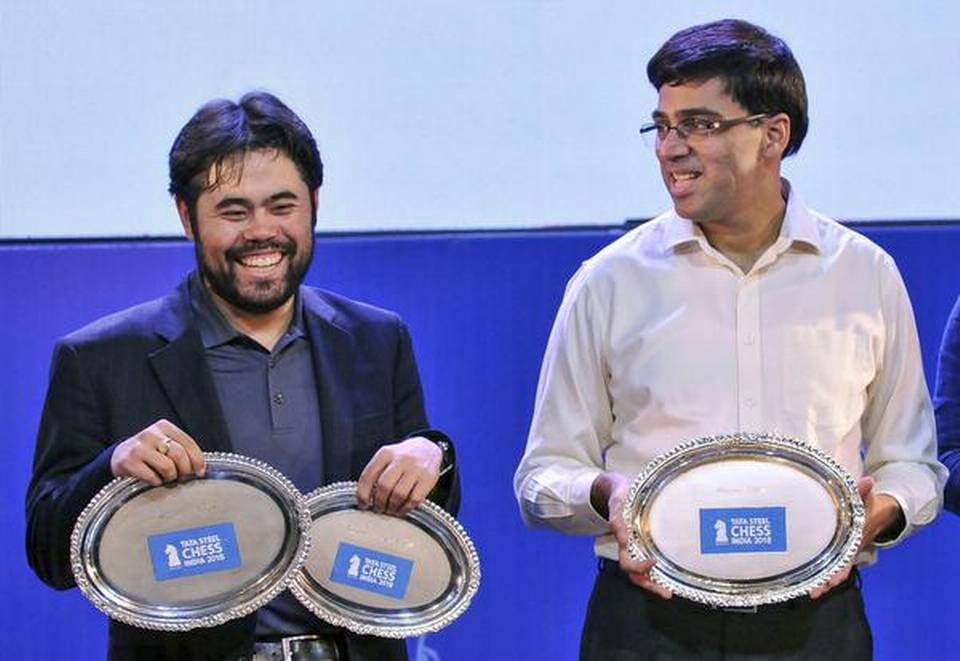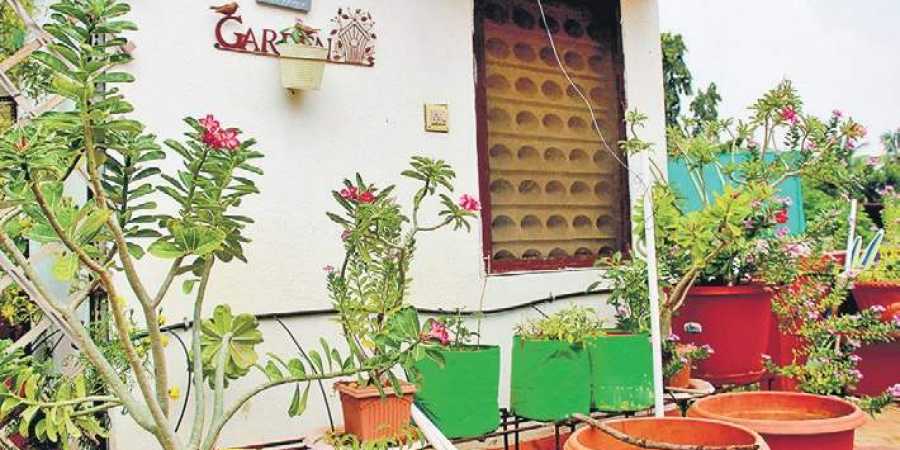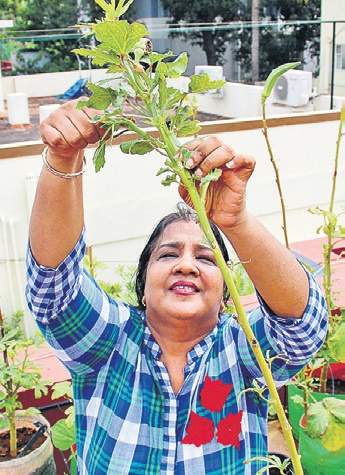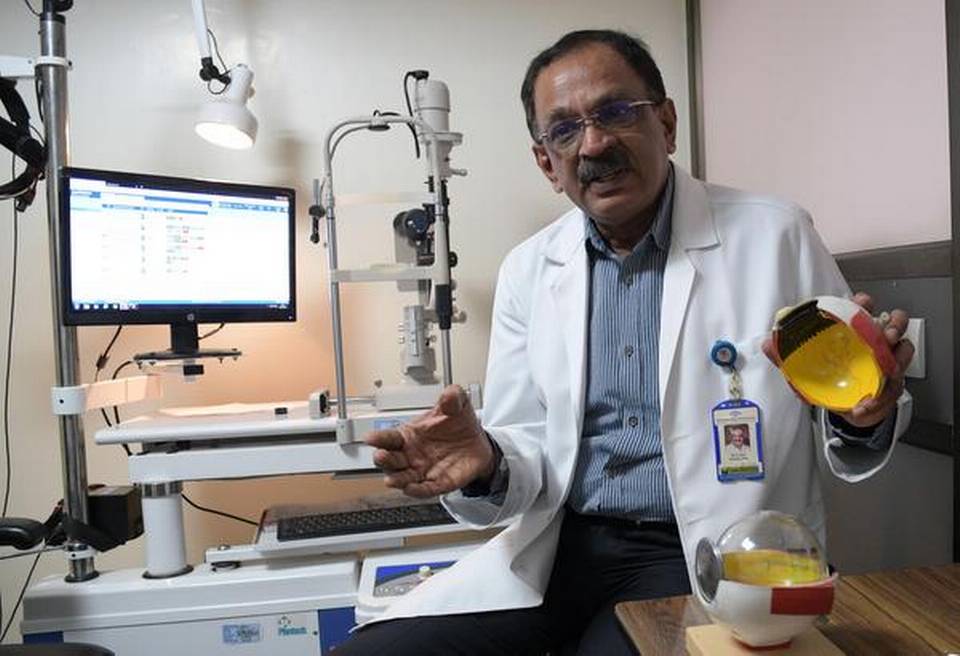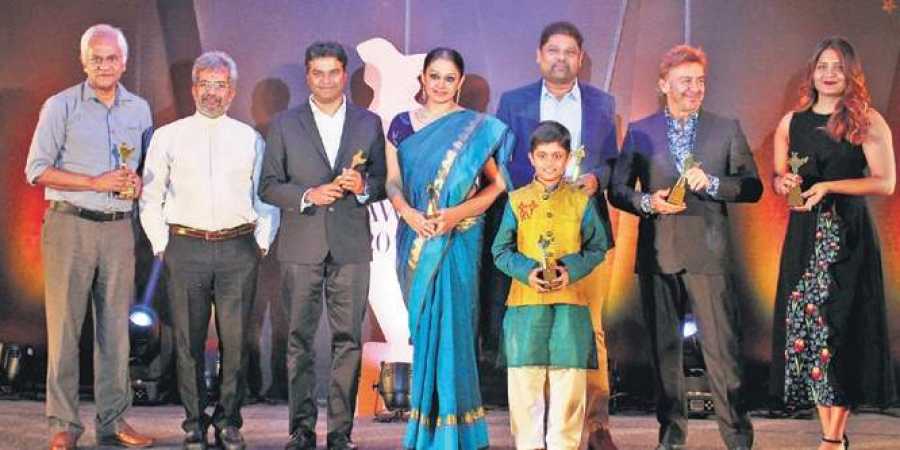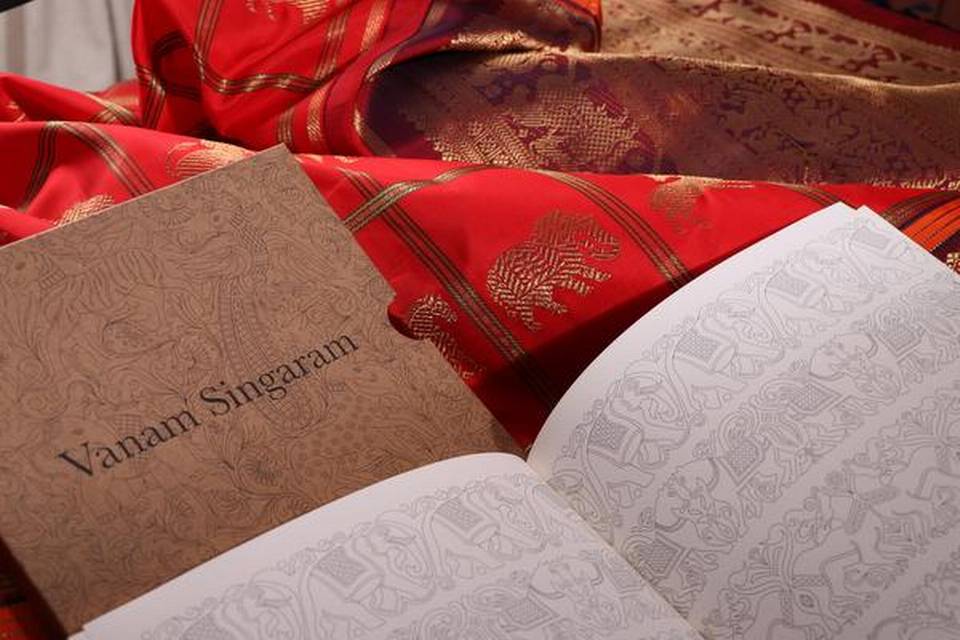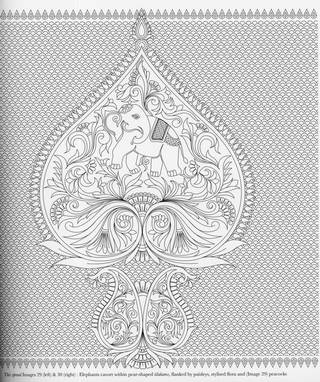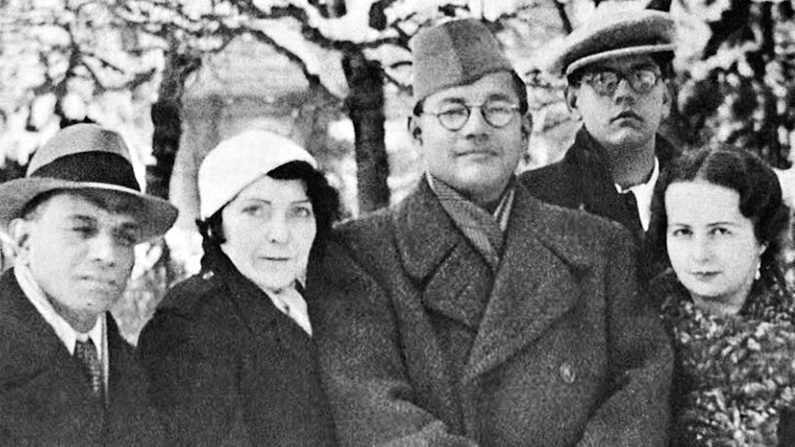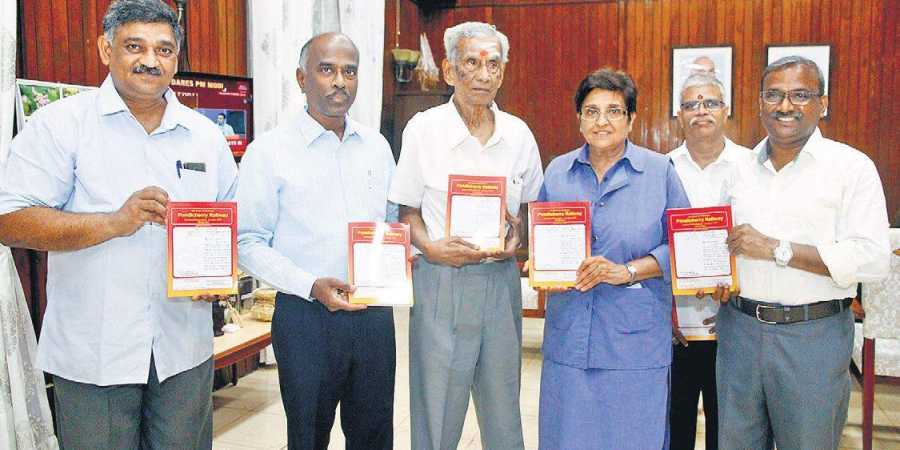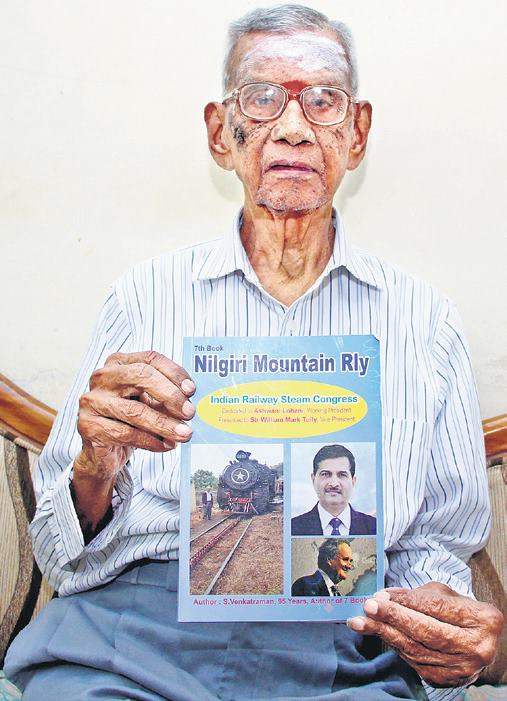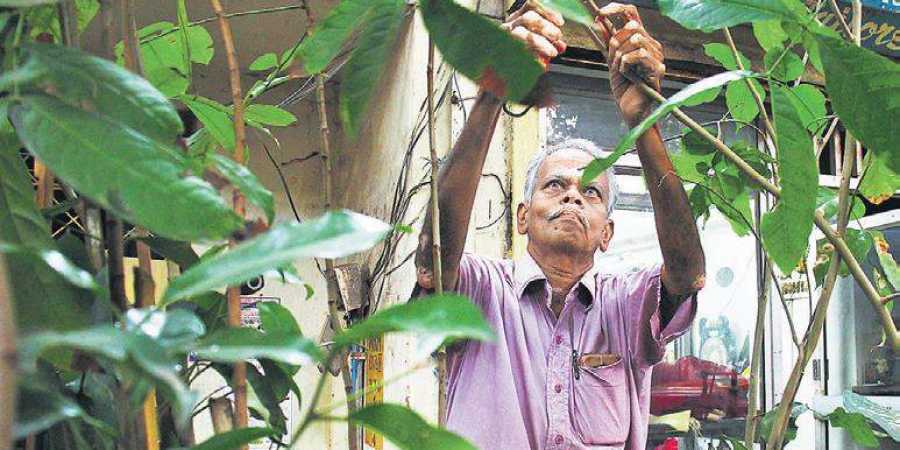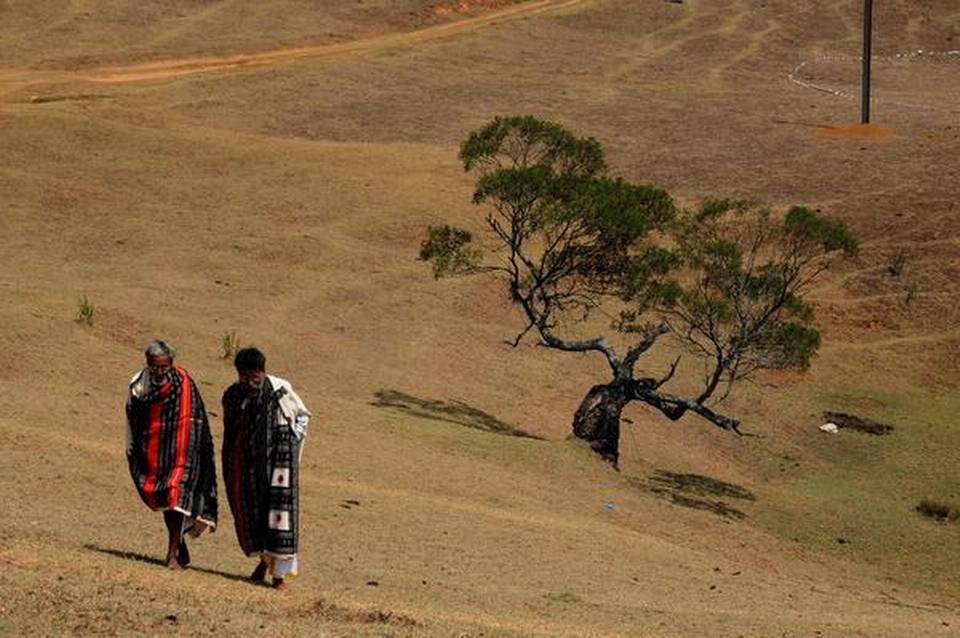
Traditional knowledge is not just about medicinal plants, it is also about ecology too
Reminiscing about the past brings no faraway look in 60-year-old Nanjan Ginbantan’s eyes. The Irula tribesman’s face is animated as he recounts the vast colonies of vultures he would see even 40 years ago. “If you clapped your hands, hundreds would rise into the sky from these trees,” he says.
It was a common sight near his village, Anaikatty, which borders the Mudumalai Tiger Reserve near Masinagudi in Tamil Nadu. “Forty years ago, there were at least 500 to 1,000 vultures here. Three months ago, which was when I last sighted some, there were just 20 circling in the sky.”
“What do you think caused the decline?” asks Chandrasekar S., a naturalist studying vultures, as his colleague Rangaswamy M. video-records the conversation.
Vulture nesting sites, says Ginbantan, have decreased drastically. “For example, the 6-10 nests we always saw in Siriyur village till 2014 are no longer there.”
Ginbantan has other interesting insights into vulture behaviour. It’s not vultures, but crows that find carcasses first, he says; vultures note the aggregation of crows and then fly down to the dead animal.
Interestingly, researchers in Kenya discovered a similar system of ‘information scrounging’ by Gyps vultures (species of the same genus are seen near Ginbantan’s village too) four years ago, where vultures locate carcasses by borrowing information from scavenging eagles.
Muddy boots
Ginbantan’s intimate knowledge about the vultures of Masinagudi, passed down over generations or gathered from experience, is what Chandrasekar and his team are mining as part of the Sanctuary Nature Foundation’s Mud on Boots project that is trying to understand the decline of vulture population in the Nilgiris.
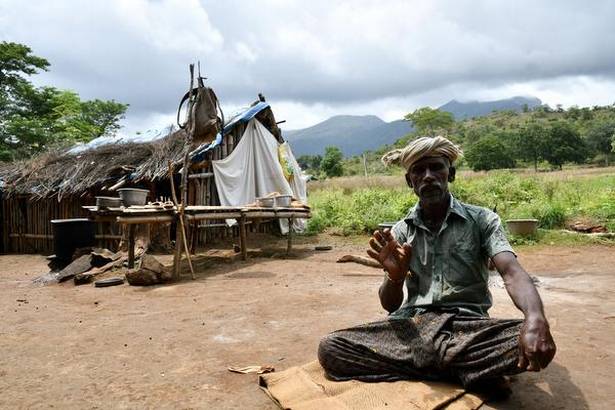
This is one of several such projects across India where researchers are documenting traditional environmental knowledge held by indigenous communities in order to use it to conserve ecosystems and species.
The stereotype that traditional knowledge is only about medicinal plants and alternative healing is being challenged now. Scientists have begun to recognise that it also includes ecological and eco-geographical knowledge. It was this wealth, for instance, that the British tapped into to identify new places and cultures, plants and animals as they colonised the country.
First accounts
In the late 19th century, Muduvans and Kadars (indigenous communities of the forested areas of the southern Western Ghats) served as guides to the British who surveyed the Anamalai Mountains to identify the best valleys and hillslopes for tea and coffee plantations. Botanists and zoologists likewise sourced information from local communities for some of the first accounts of India’s flora and fauna.
Today, new species are still being identified like this: the only tree crab of the Western Ghats (Kani maranjandu), officially described just last year, was already known to the Kanis of southern Kerala and is named after them.
Traditional ecological knowledge often includes culturally-transmitted beliefs, even encompassing the relationship of living beings (including humans) with one another and with their environment. For example, assessing the traditional knowledge of 40 fishing communities along the east coast of Tamil Nadu, scientists of the Botanical Survey of India and other institutes found that the communities have a complex classification of diverse sea grasses, which takes into account their role in the marine ecosystem. Many seafaring and tribal communities also do not harvest resources from specific areas designated sacred, which helps preserve biodiversity.
Some communities have also used this knowledge to ‘manage’ biodiversity. In Arunachal Pradesh, scientists who documented the traditional soil knowledge of the Adi community found that the tribes could identify nine different types of soil, based on texture, colour and location. Adi farmers use this knowledge to manage soil erosion and fertility in diverse ways — such as using logs to prevent soil erosion or cultivating certain crops only in specific locations. Yet, the cultivation system of the Adis, shifting or jhum cultivation, is only viewed as ‘unsustainable’ because it involves clearing forests.
The Todas of the Nilgiris in Tamil Nadu also used to manage high-elevation shola-grasslands, where they live. They would protect the sholas, small patches of evergreen woods, and burn nearby grasslands to foster fresh growth for their Toda buffaloes, a strategy that stopped after the shola-grasslands were afforded official protection. Recent interviews with Todas reveal that despite the conversion of surrounding lands into plantations (of exotic pine and acacia) and farms, the Todas still hold on to some of their traditional socio-ecological knowledge. Their preference for a shola-cum-grassland landscape continues.
“Grasses give wetness to the earth,” says Pol Kwair, 71, a Toda tribesman who lives near Glenmorgan. “And the native trees give us this water back through streams. Exotics don’t,” he tells Chandrasekar.

Indigenous wisdom is also strict about adhering to sustainable harvests and resource use. In Kerala, for example, the Malasar tribe of Parambikulam Tiger Reserve follows an interesting custom during wild tuber harvesting. The tubers are harvested from only one hill in any given year, says Mahali Thangavelu, a Malasar tribesman from Sungam Colony in Parambikulam. “The harvested plants would be re-harvested. The next year, the tubers on another hill would be harvested,” he says.
However, no one remembers these traditions now because they no longer depend on wild tubers, says Thangavelu. Kwair echoes a similar concern. “We know where to find different types of grasses and shola trees, and their specific uses,” he says. “But the younger generation is not interested. Modernisation has changed the need to learn.”
So much lost
So how much of such knowledge is being lost? A recent analysis of 92 studies on indigenous knowledge systems from around the world showed that 77% of them reported a loss of wisdom, driven chiefly by globalisation, modernisation and market integration. A recent review of 92 studies on local and indigenous ecological knowledge from across the world reports a loss of wisdom driven chiefly by globalisation, modernisation and market integration.
Moreover, most traditional knowledge is passed down by word of mouth, including via songs and stories. In 2012, scientists examined the co-occurrence of linguistic and biological diversity in areas with high plant and animal species diversity. They found that the extremely biodiverse areas of the world, including the Western Ghats and north-eastern India, account for 70% of all languages on earth: languages that are unique, often endemic, and facing extinction. Preserving linguistic diversity is crucial for preserving biological diversity — when languages go extinct, so does ecological knowledge.
Dynamic tradition
But seeing this only as ‘lost knowledge’ downplays the ‘dynamic’ nature of it, say recent studies. For instance, the invasion of lantana is a fairly recent phenomenon in the Biligirirangaswamy Hills Wildlife Sanctuary in southern Karnataka. But scholars at Bengaluru’s Ashoka Trust for Research in Ecology and the Environment learnt from the Soliga tribals’ observations that it was the forest department’s ban on the use of fire, after the area was declared protected, which encouraged the growth of lantana and other dense vegetation.
“My interactions have taught me that ‘tradition’ is a dynamic process, evolving and adapting to requirements, changing times and ways of thinking and relevance,” says Manish Chandi, senior researcher, Andaman and Nicobar Environment Team, who has studied indigenous communities in the southern Western Ghats and presently studies the Nicobar islanders.
Traditional knowledge indeed calibrates itself to changing ecosystem, says Anita Varghese, deputy director, Keystone Foundation, which has been working with tribal communities around the Nilgiri Biosphere Reserve. One of their biggest successes has been in marketing honey collected by the tribes. The community is able to predict the volume, maturity and seasonality of honey, all of which contribute to sustainable ways of collection, says Varghese. “They have thumb rules for all these.”
Keystone has initiated a village elder programme in the hamlets of this area, where elders are encouraged to go for walks in the forest with children so that knowledge can be passed on.
Beyond inventory
For scientists, this information can be invaluable — from managing protected areas to conservation education, development planning, and environmental assessment. The Convention on Biological Diversity that India ratified in 2012 also recognises this, requiring nations to “respect, preserve, maintain and promote traditional knowledge” with the consent of indigenous communities.
Yet those working in this field often stop with just documentation. Inventories are a good beginning, but how we go beyond that is crucial, says Aarthi Sridhar, founder trustee of Dakshin Foundation.
“Seamlessly integrating traditional knowledge with science presents interesting challenges. For fishers, the kadal matha [sea goddess] might signify an explicitly cultural space and entity. Whereas for fishing science it can only be translated as the ecological system. What is the place of gods in understanding the sea scientifically? Or has this deliberately been lost in its translation?” asks Sridhar.
If we are a bit more accommodating, traditional knowledge can have a lot more relevance by accounting for various factors that are at play in the environment, says Chandi. “This is where science, or the art of science, can become important.”
Chroniclers such as Chandrasekar and his team say that their conversations have completely changed their perceptions about not just vultures but the landscape as well.
“White-rumped vultures usually nest on Arjuna [Terminalia arjuna, a deciduous species] trees,” says Chandrasekar. “Some Irula tribesfolk tell us that numerous Arjuna trees died in a drought last year. So have numbers of the vulture been affected too? Could exotic weeds that have spread dramatically over the past decades have a role to play? There are now so many more questions to ask and so much more to learn.”
source: http://www.thehindu.com / The Hindu / Home> Sci-Tech> Environment / by Aathira Perinchery / November 10th, 2018

